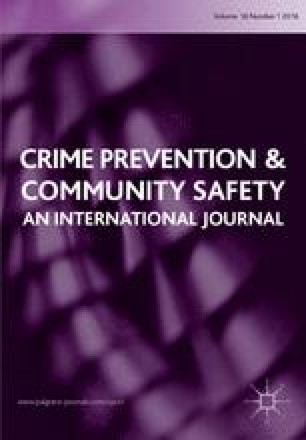There is evidence to suggest that law enforcement data are a valid and reliable source for firearm violence data. Data for this exploratory study come from law enforcement sources in a large Midwestern city and include all unintentional nonfatal shooting incidents (n = 177) occurring in between 2017 and 2019. Incidents most commonly occurred in the fall season, during nighttime hours, and at a residence. Victims were more likely to be male, Black, Indigenous, or People of Color, and 18–34 years old. Their injuries resulted from improper firearm handling. Most victims were wounded in their extremities and did not engage emergency medical/ambulance services before seeking medical care. This study demonstrates the utility of law enforcement data as a source for additional context surrounding unintentional nonfatal shooting incidents. Findings suggest two policy implications: requiring a gun safety course as part of the permitting process and treating gun safety as a life skill by advocating for gun safety courses in schools.
Unintentional Nonfatal Shootings: Using Police Data to Provide Context
Unintentional Nonfatal Shootings: Using Police Data to Provide Context
- Anne E. Reynolds, Natalie Kroovand Hipple, Heidi Hancher-Rauch, Elizabeth Moore
- Publication Date
2022 - Website
- View publication details


 The College of Arts
The College of Arts